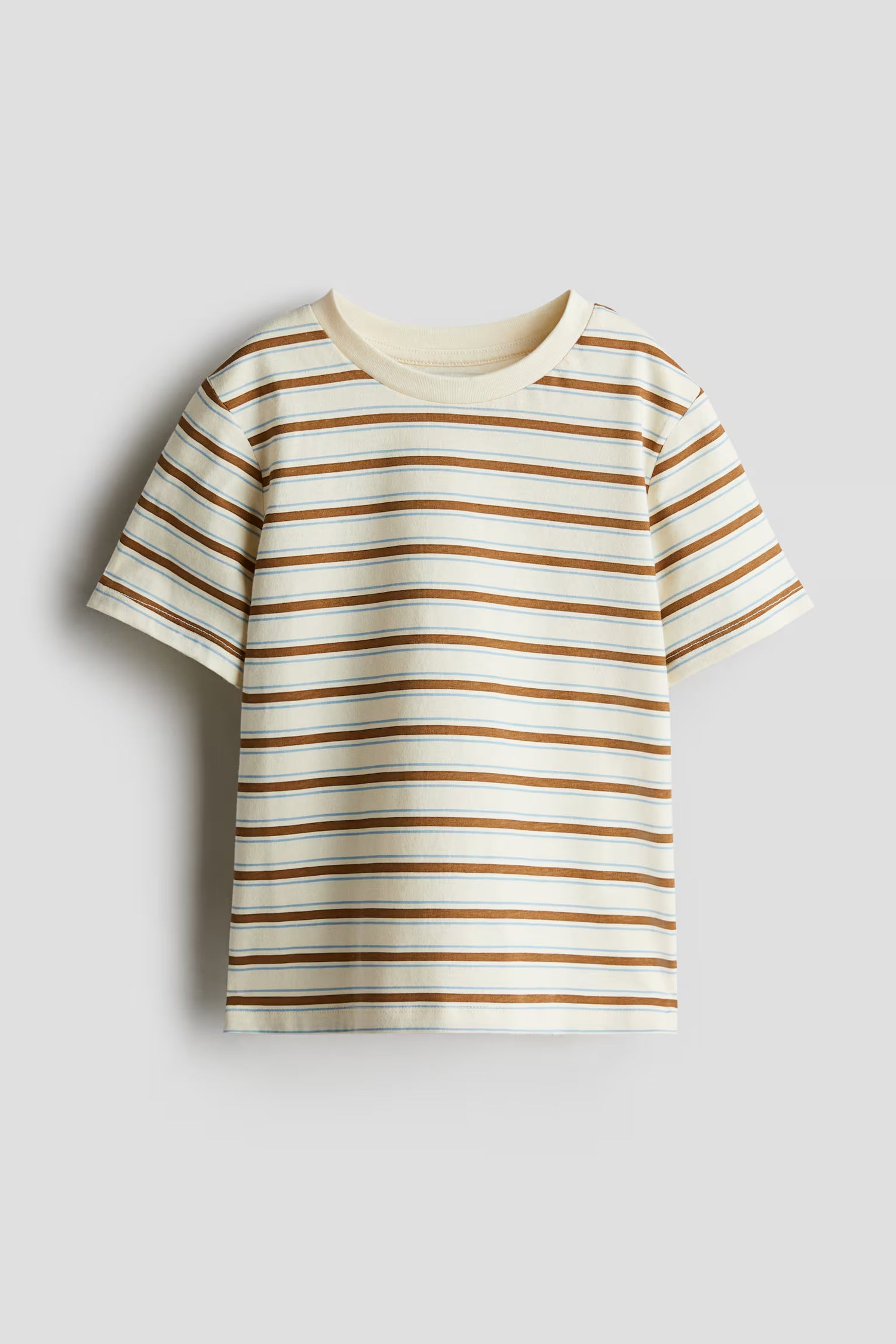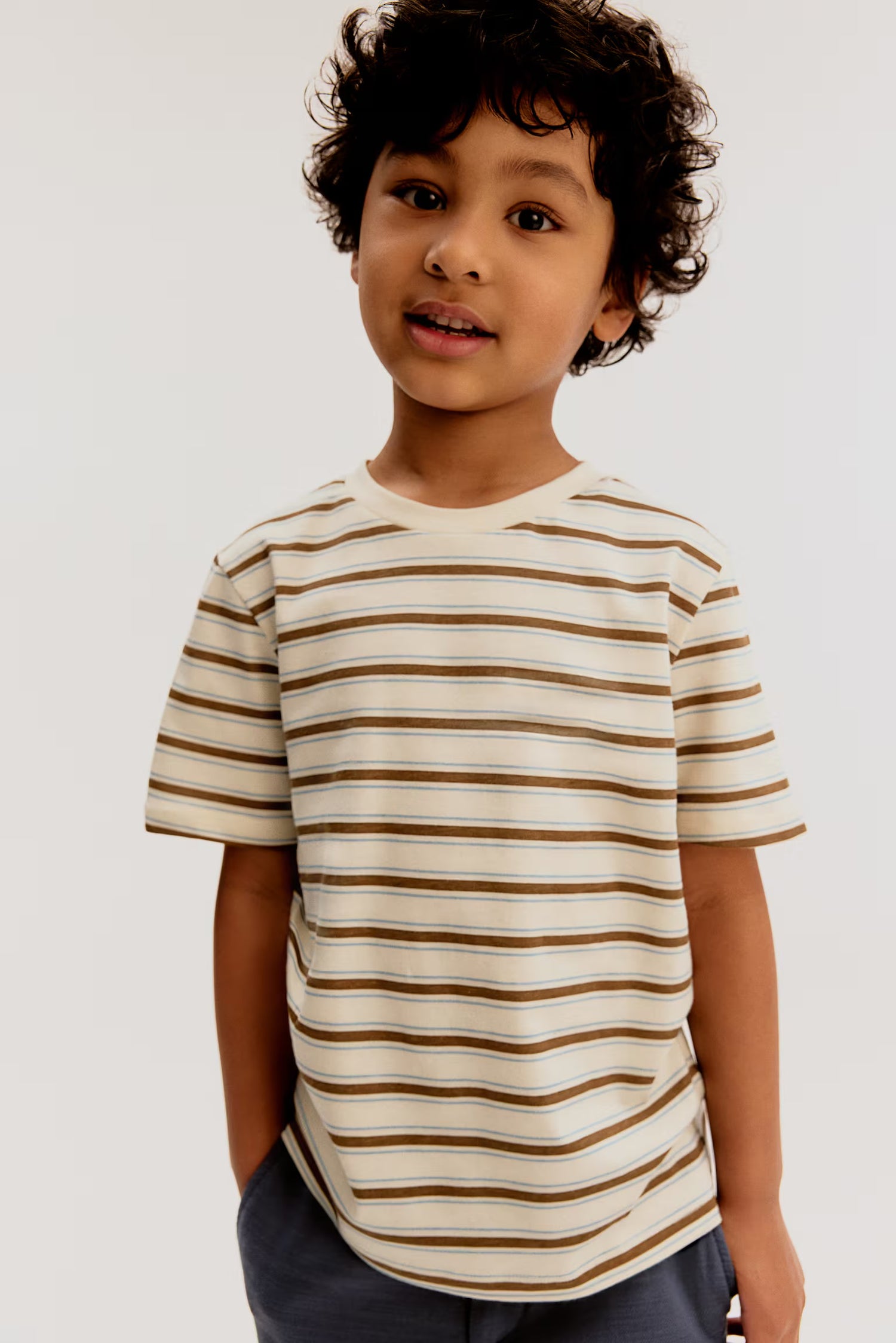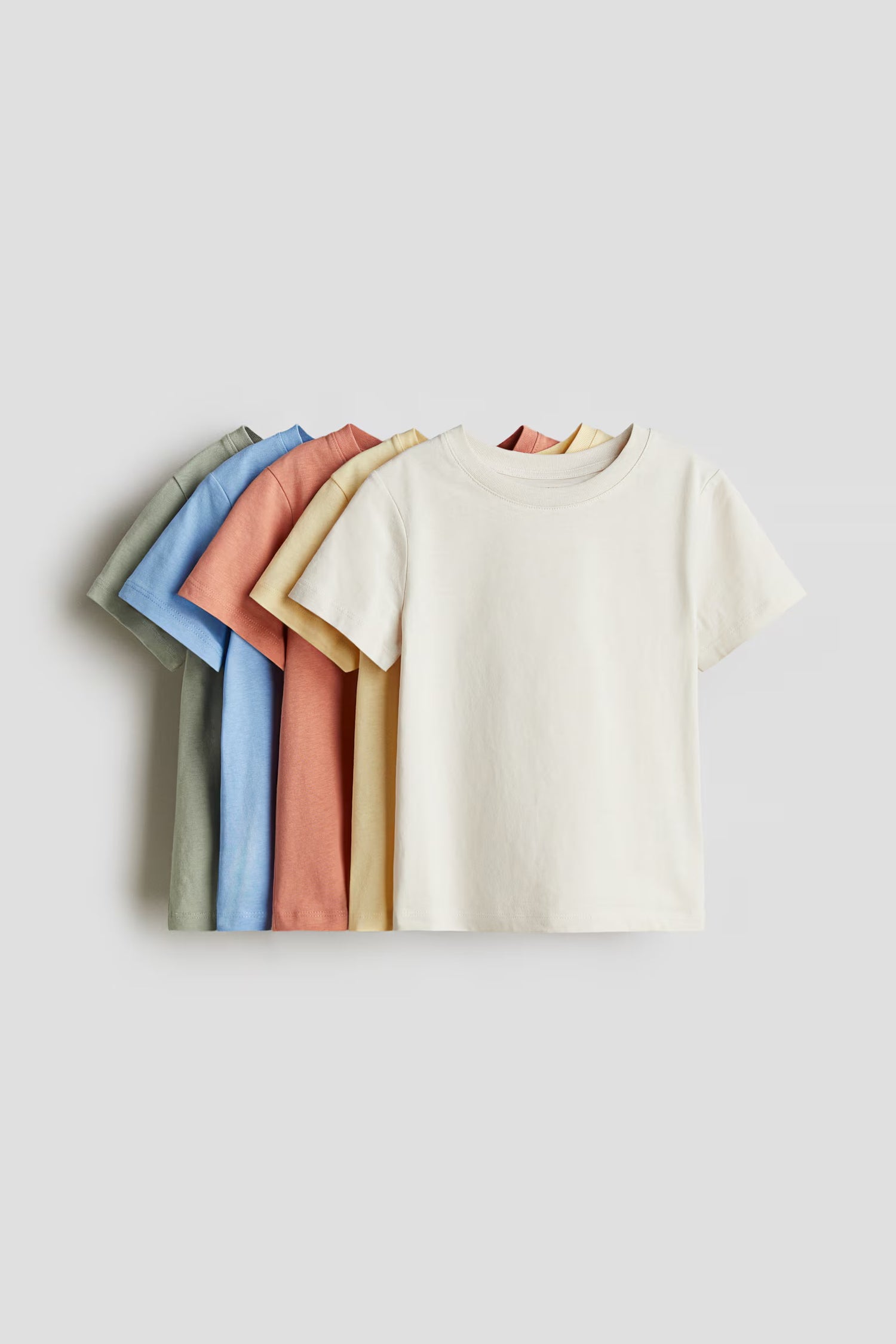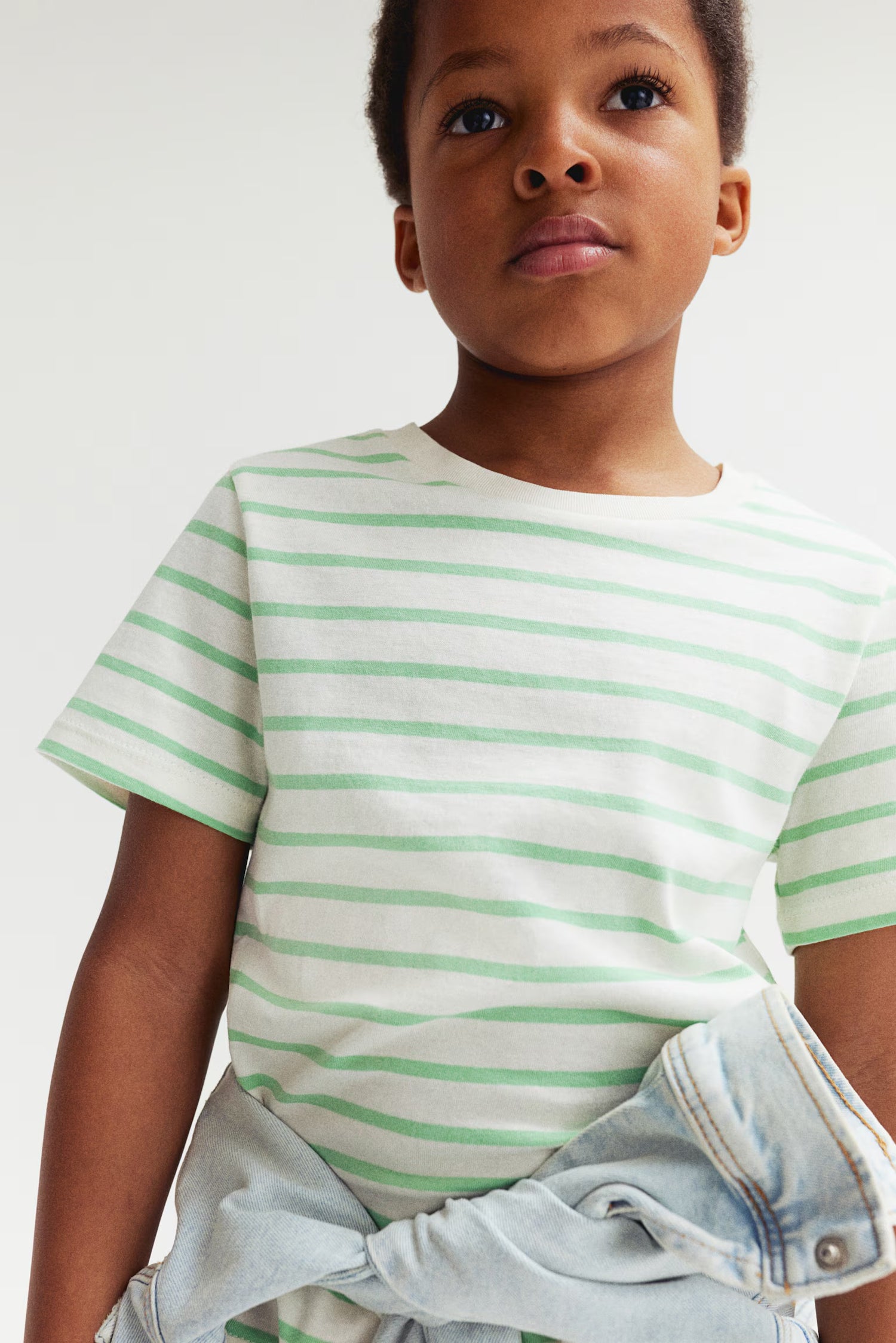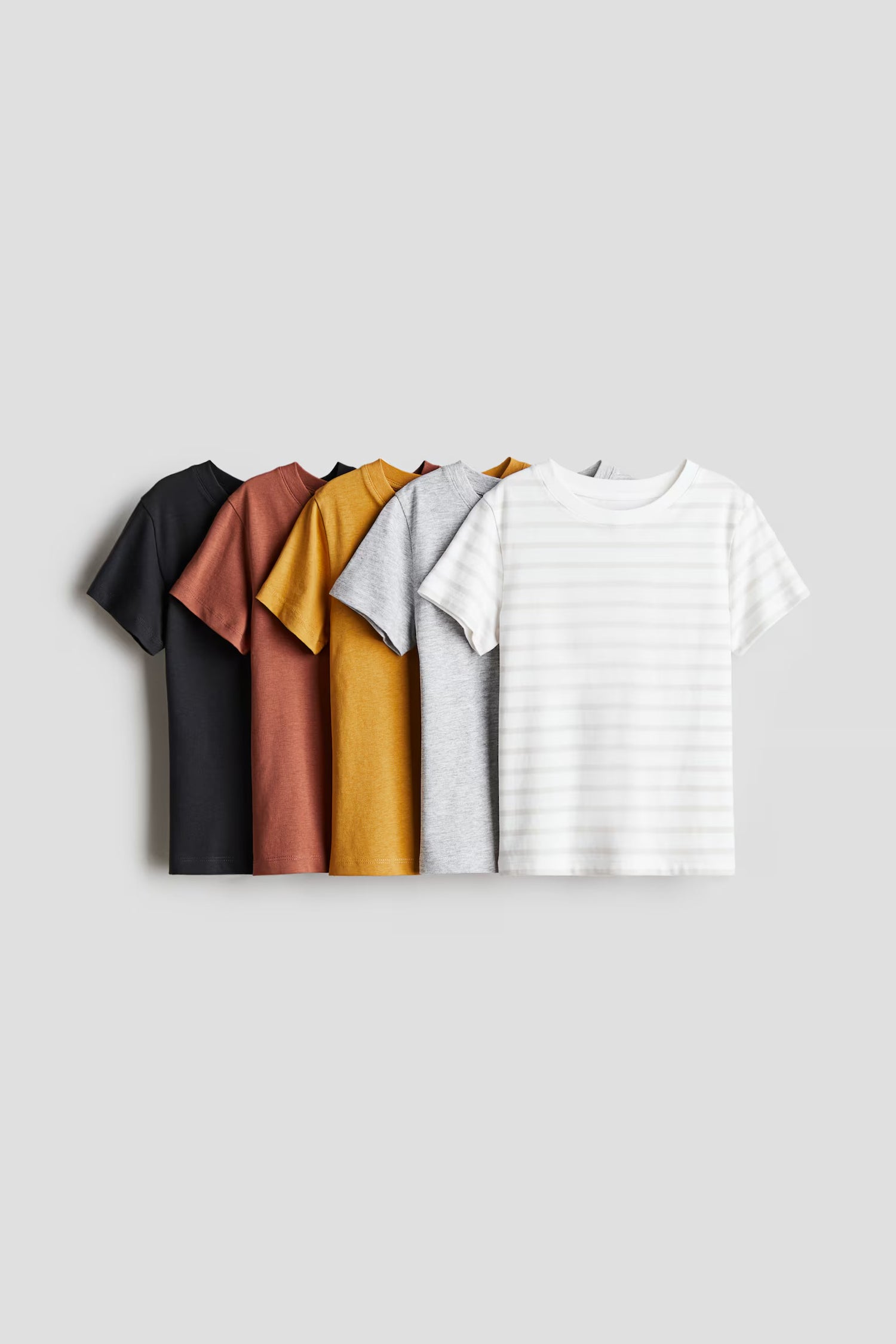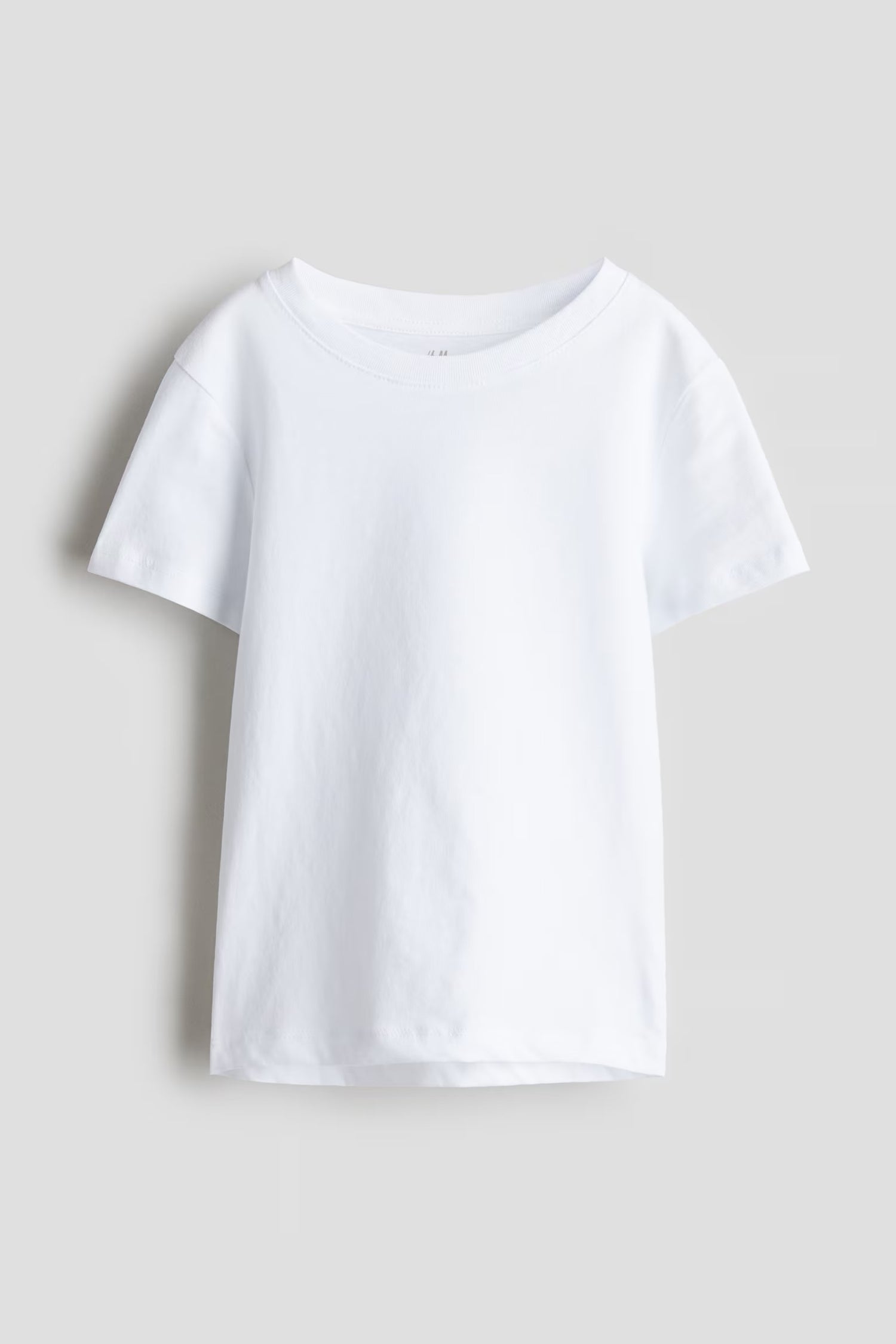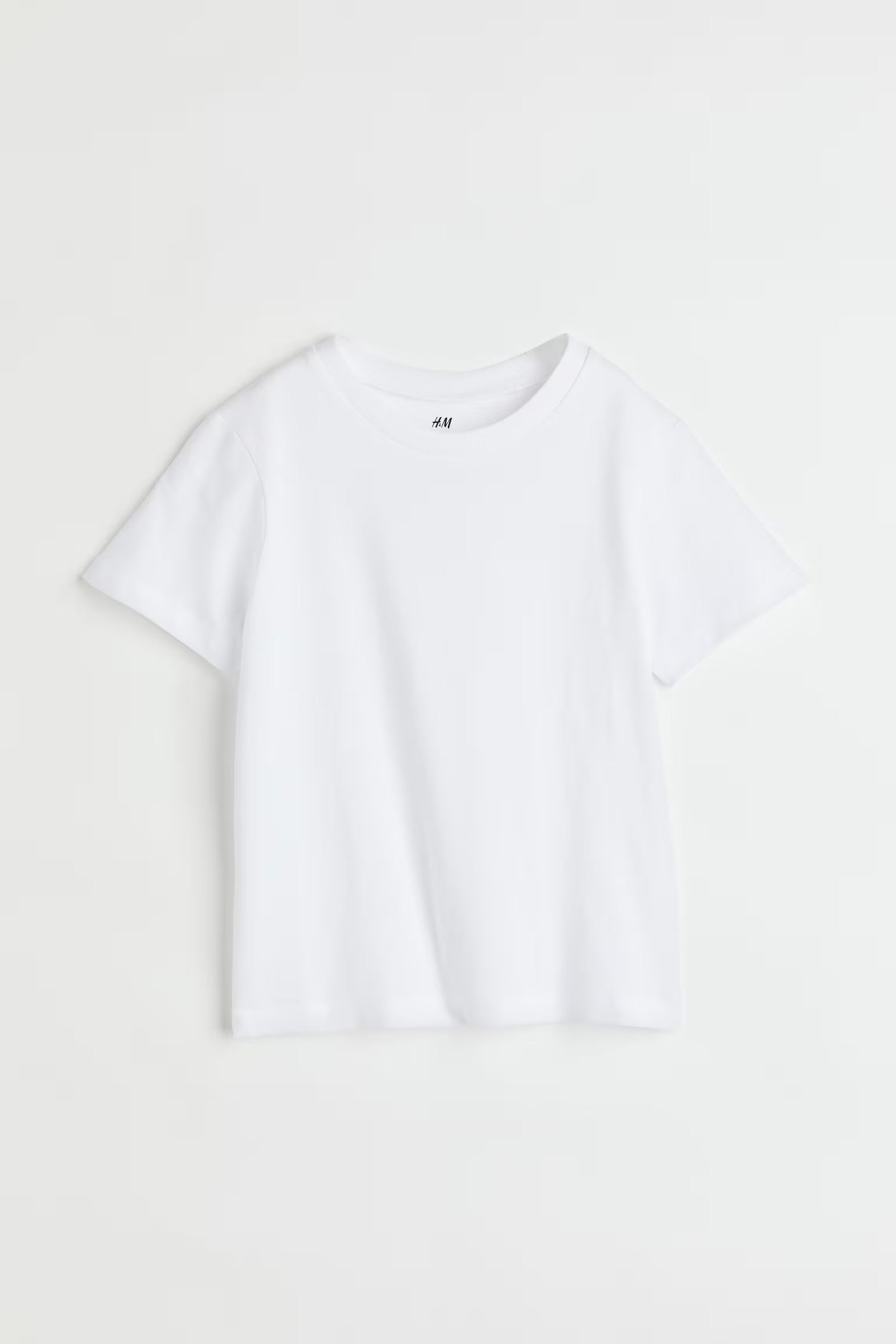As winter approaches, keeping your kids warm becomes a top priority. When it comes to choosing the best winter accessory for their neck, parents often debate between snoods, scarves, and neck warmers. While traditional scarves have been a go-to for generations, snoods and neck warmers are quickly gaining popularity, especially for active children.
In this blog, we’ll explore the key differences between these options and explain why neck warmers stand out as the best choice for kids on the move.
1. The Evolution of Winter Neckwear
Scarves: The Classic Option
Scarves have long been a staple of winter wardrobes. They’re versatile, come in various materials, and provide excellent warmth. However, they also come with several drawbacks, particularly for children. Scarves can:
• Come loose easily, requiring frequent adjustments.
• Pose safety risks if they get caught during play or snag on objects.
• Be difficult for younger kids to put on and take off independently.
Snoods and Neck Warmers: Modern Alternatives
Snoods and neck warmers offer a modern twist on traditional neckwear. These tubular accessories slip over the head and stay securely in place. While both are great options, neck warmers made from merino wool provide additional benefits that make them ideal for kids.
For a detailed look at neck warmers, see our post Why Merino Wool Neck Warmers Are the Perfect Scarf Alternative for Kids.
2. Key Benefits of Neck Warmers for Active Kids
1. Stay Secure During Play
Active kids are constantly running, jumping, and exploring. Unlike scarves that can easily come undone, neck warmers stay snug and secure. This makes them perfect for outdoor activities like sledding, skiing, or even just playing in the snow.
2. Enhanced Safety
Scarves can present safety hazards, particularly for younger children. They can get tangled or caught on playground equipment, posing a risk of choking or injury. Neck warmers eliminate this risk by offering a seamless, close-fitting design.
3. Easy to Use
Kids can struggle with tying or adjusting scarves. Neck warmers, on the other hand, are simple to slip on and off, even for little ones. This makes them a convenient choice for busy parents and independent kids alike.
4. Superior Warmth and Comfort
Made from merino wool, neck warmers provide excellent insulation while remaining breathable. Merino wool’s natural moisture-wicking properties help keep kids warm and dry, even during intense play.
For more on the benefits of merino wool, check out Top 5 Benefits of Merino Wool Neck Warmers for Toddlers and Kids.
3. The Case for Merino Wool Neck Warmers
Merino wool neck warmers stand out not just for their warmth but also for their softness and hypoallergenic properties. Unlike synthetic materials, merino wool is gentle on sensitive skin, making it ideal for kids prone to irritation.
Additionally, merino wool is:
• Naturally odor-resistant, which helps keep neck warmers fresh after multiple wears.
• Durable, meaning they can withstand the wear and tear of active play.
• Environmentally friendly, offering a sustainable alternative to synthetic winter gear.
4. When to Choose a Snood Over a Neck Warmer
While neck warmers have many advantages, snoods can be a good option for layering. Snoods tend to be longer, providing additional coverage for both the neck and lower face. They’re often made from lightweight materials like fleece, which can complement the warmth of a merino wool neck warmer on particularly cold days.
For advice on layering and winter care, visit How to Wash and Care for Your Child’s Merino Wool Neck Warmer.
5. What Parents Are Saying
Many parents are making the switch from scarves to neck warmers and snoods, praising the ease of use and safety benefits. Here’s what some have to say:
• “My son loves his merino wool neck warmer. It keeps him warm without the bulk of a scarf.”
• “I feel much safer knowing my daughter’s neck warmer won’t get caught while she’s playing on the jungle gym.”
• “Neck warmers are a lifesaver on busy school mornings. No more struggling to tie scarves!”
6. How to Choose the Right Neck Warmer
When selecting a neck warmer for your child, consider the following:
• Material: Opt for soft, breathable fabrics like merino wool.
• Size: Ensure it fits snugly but comfortably around your child’s neck.
• Design: Look for seamless, tag-free designs to avoid irritation.
For help with sizing, check out How to Choose the Right Neck Gaiter Size for Your Child.
